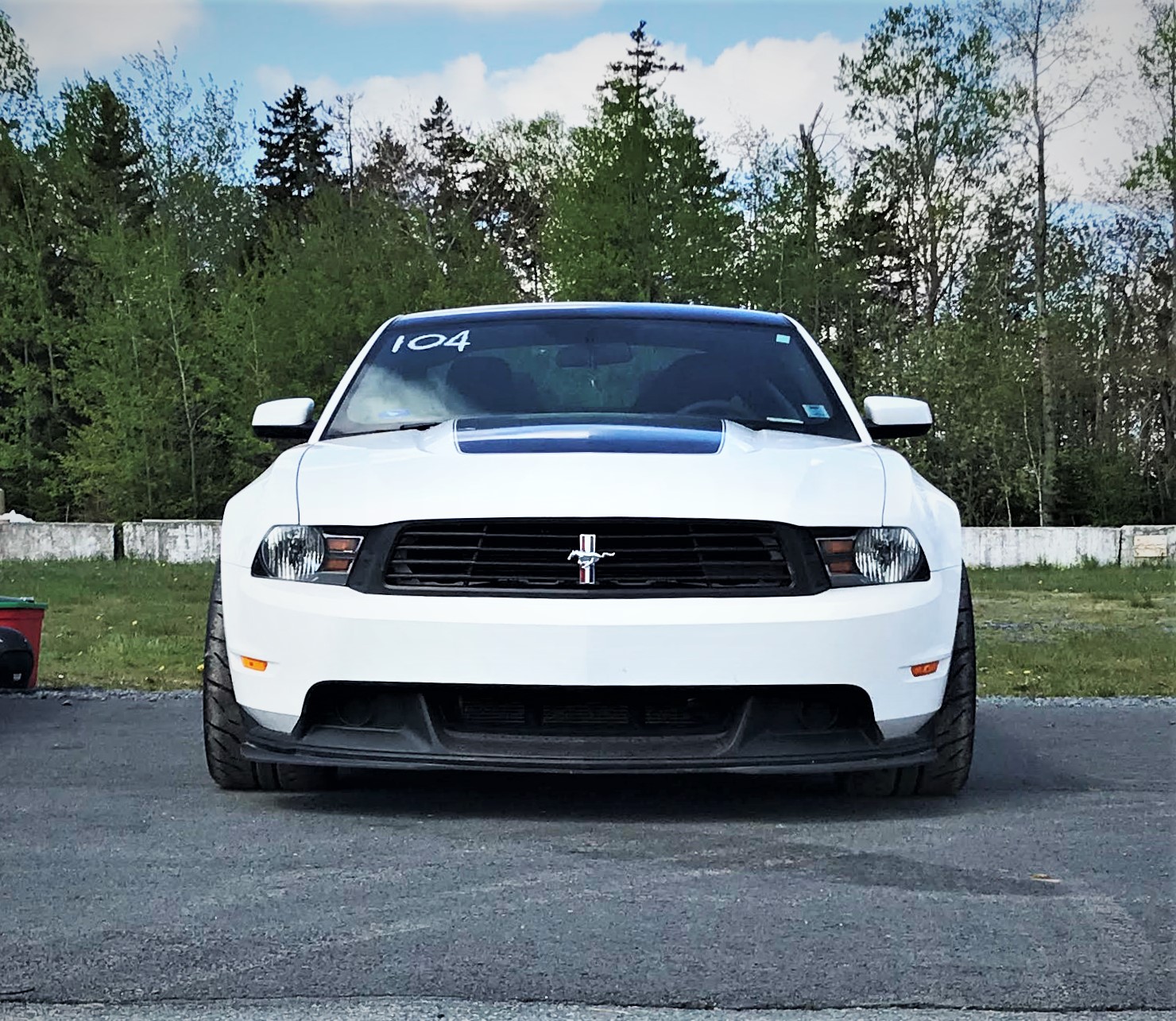Last year, I picked up a 2009 Lancer Ralliart to do a long term test with it as a dual duty track/daily. One of the first things I knew I was going to do was put a decent set of tires on it. The car came without OEM wheels which was actually good because I didn't have to hesitate about getting a good set of aftermarket wheels to support going wider. Thankfully, my friends at YST Auto Halifax set me up with a great set of Superspeed RF03RR wheels. The Wheels I had never even heard of Superspeed but I trusted the good folk at YST Auto who mentioned some customer cars running on track with them. These wheels are rotary forged which is basically a prerequisite to be taken seriously in this market populated by companies like TSW and Fast Wheels. The wheels looked like a high quality, well finished wheel and each had a "QC" check sticker on. Just for appearances? Maybe, but I found no defects. The wheels seemed easy to balance (didn't need many weights) and at 18.1 lb. f
Posts
Showing posts with the label How-to%20DIY
No results found


Does An Aftermarket Grille Really Increase Airflow?
I put a Saleen S281 grille to the test to answer that question.

Stock Suspension S197 Mustang With Square 305/30/19's
What you need to fit a proper size square tire setup.

How Limited Slip Diffs Make You Faster on Track
What you need to know about how they put power down and pros and cons.

Can Telemetry Explain Schumacher's Talent?
A comparison between Schumacher's and then team mate Herbert's data.


Cayman GT4 Track Review
The first Cayman with proper (911-challenging) power.

Is an EcoBoost Mustang any good on Track?
Two days at the track in a Mustang short 4 cylinders.

2016 BMW M4 DCT Track Review
It's quick (properly quick). But is it fun?

Can a stock Golf Diesel handle a Track Day?
Not your every day track beater.
🔥 Most Visited This Week
By
Michael R.
BMW M2 equipped with an eLSD - BMW © A few weeks ago, I posted about traditional clutch-type limited slip diffs (LSD's) and how they work. You can read about those in the previous post: How Limited Slip Diffs Make You Faster on Track . But as you might know or have learned from reading the article, they aren't without their faults, which means engineers are always working to get around those limitations. You may not be surprised to learn that something like the Ferrari 488 GTB doesn't use a traditional limited slip diff, but it's not limited to super cars, far from it. Cars like the Golf GTI, the Civic Type R, various Mustangs, Corvettes, and BMW M cars, and even the Lexus RC F and GS F, all avoid a traditional limited slip diff in favour of one of these technologies. To keep things simple, I'll focus on two wheel drive vehicles. The vast (vast) majority of principles apply to all and 4 wheel drive vehicles, but there are some subtle differences that I'll
By
Michael R.
I'm finishing up a comparison post (link to introduction: Intro: Focus RS vs Golf R vs WRX STI vs Evo X ) and, throughout the post, I realized that I have to go off topic a lot to talk about how each type of differential changes the way the car drives. As a result, I thought I'd write a separate post to go into more detail before I post the comparison to keep it more focused on the cars and avoid veering off topic too much. By saying "Limited Slip Differentials" in the title, I am including torque vectoring diffs because, although current conventional terminology treats them differently, a torque vectoring differential is, in essence, a very sophisticated limited slip diff (LSD) that can be manipulated to actively help the car handle better. And while none of the cars in the comparison use open (without help from the brakes) or non-gear mechanical LSD’s, I’ll briefly discuss them so that the post is more inclusive. I’ll only focus on using power to help the
- Get link
- Other Apps
By
Michael R.
A few weeks ago, I made a post explaining mainstream AWD system types and how they compare , pros and cons, etc. including some simple diagrams to show where the power goes and how much. As promised, this post will focus on specific cars and what AWD systems they use, especially ones that that have more or less been defined by their AWD systems, and the best place to start may be with a bombshell; the Nissan GT-R. Nissan GT-R (R35) The GT-R has built a reputation around having monster traction and very approachable performance, thanks to its AWD system - Advanced Total Traction Engineering System for All-Terrain (ATTESA) - and what it can do for you. But the GT-R doesn't actually use the most mechanically sophisticated type of AWD systems discussed in the previous article, namely a "true" AWD with a centre differential. Instead, it uses a clutch pack to transfer power. RWD-based clutch-type AWD schematic - Rams Eye The Track Guy © The R32, R33, and R34 Sky
- Get link
- Other Apps
